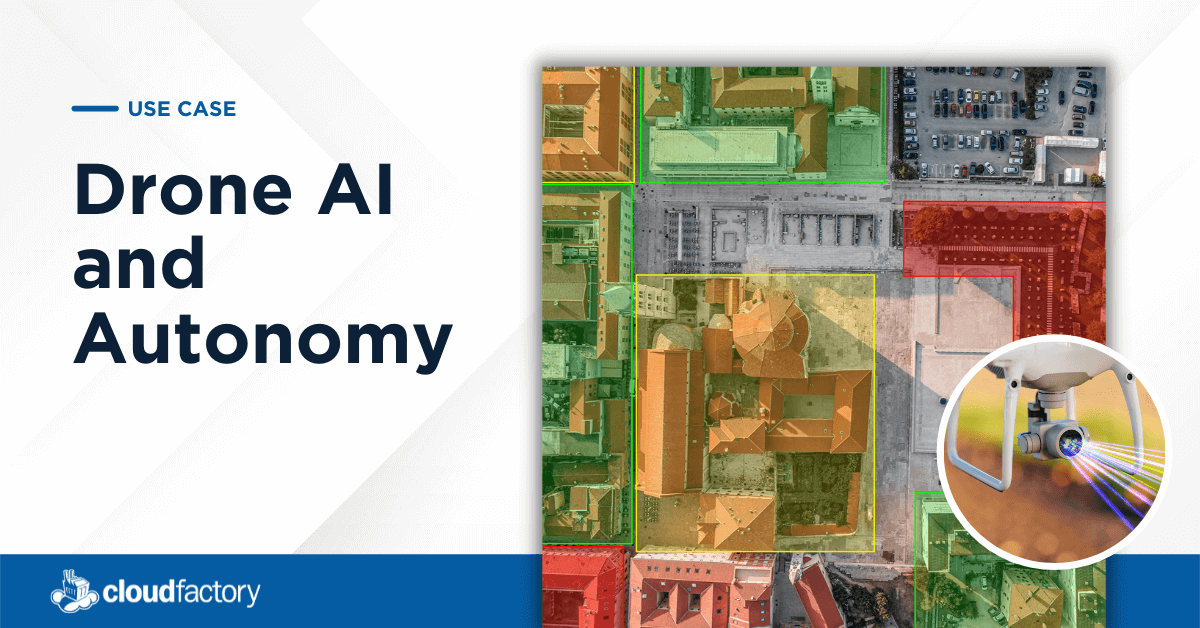Did you know that pigeons are the pioneers of drone inspection?
In the early 1900s, an inventor named Julius Neubronner was interested in inspecting the flight patterns of homing pigeons. So he developed an aluminum breast harness with a lightweight camera that he attached to the pigeons. The camera snapped a photo every thirty seconds, resulting in informative aerial photographs for Neubronner.
If this random nugget of drone trivia sparks even the teeniest flame of interest within you, chances are you're a drone inspection professional or drone enthusiast who is naturally curious about the past, present, and future of drone inspections.
We understand this curiosity. We love everything about drones (and drone history) too.
And that’s why we hosted our most recent Webinar, Drone Inspection - Building a Scalable and Efficient Data Pipeline for Today and Tomorrow.
The hour-long discussion with drone technology pioneers from Elsight, DroneDeploy, and Skydio dove deep into the history of using drones for inspections, how drones currently collect data about the condition of an asset, and how computer vision and AI will affect the future of drone inspections.
At the start of the webinar, the panel gives several use cases of the early days of drone inspection. One, in particular, is the use of drones, also known as unmanned aircraft systems (UAS), for structural inspections, spawning from the successful application of drones to enhance real estate marketing with aerial imagery.
The panel then shifts to present-day use cases, including using drones for photogrammetry. Photogrammetry uses drones to take thousands of overlapping photos of an asset or inspection site and converts them into digital twins using computer algorithms.
Topping off the webinar, the panel leads us into the future of drone inspections and what they'll look like when the FAA approves beyond visual line of sight (BVLOS).
Watch Drone Inspection - Building a Scalable and Efficient Data Pipeline for Today and Tomorrow on-demand to learn how drone data can build a scalable and efficient data pipeline for today and tomorrow.
How CloudFactory Can Help
The proper post-processing of data and quality image annotation are critical steps in preparing the enormous amount of data needed to inspect assets properly. Since incorporating computer vision techniques is a somewhat new approach for drone inspections, CloudFactory’s flexible hourly contracts and continuous feedback loop let you experiment and try new tasks without renegotiating contracts or changing teams.
After watching the webinar, learn more about how data annotation is critical in preparing the massive amount of labeled data needed to train drone algorithms.
Data Labeling Computer Vision AI & Machine Learning Drones Drone Inspection











